Reviving Zora’s Legacy
A foundation is working to open a community center that will pay tribute to writer Zora Neale Hurston and her time in Fort Pierce
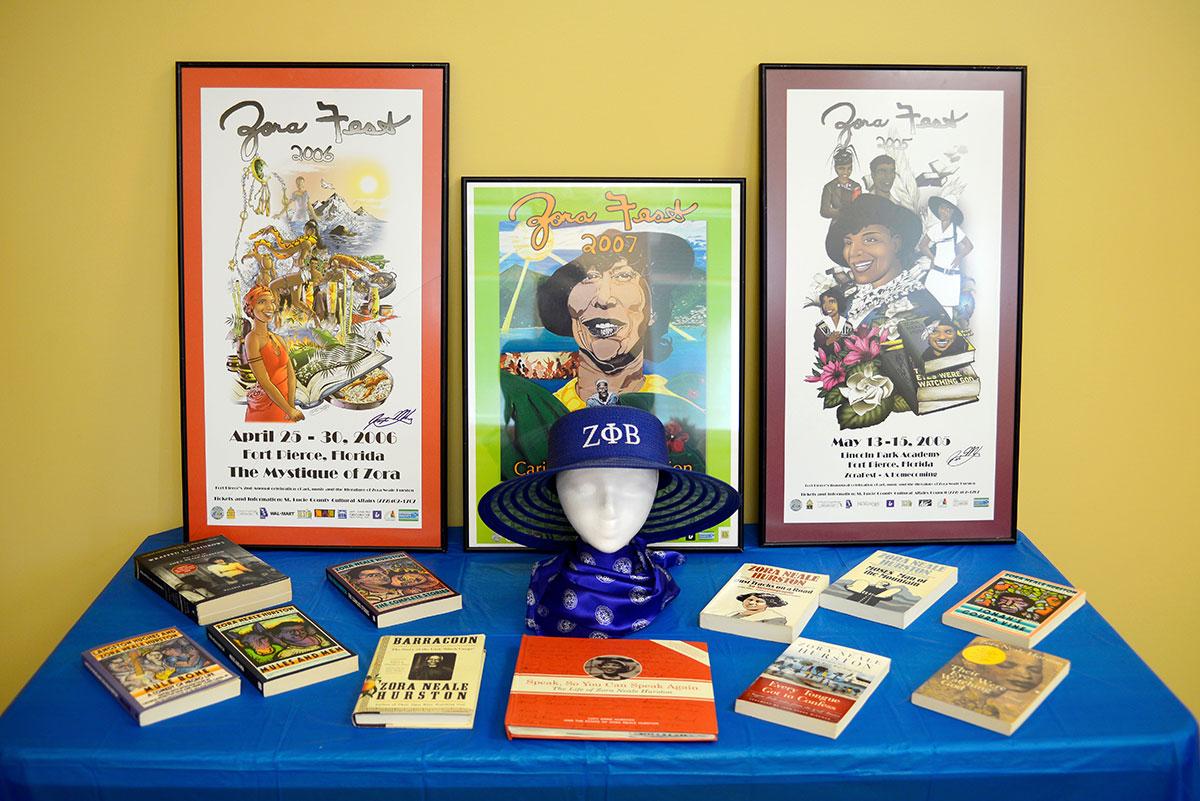
BY RACHEL CUCCURULLO
When Zora Neale Hurston set off to begin her ethnographic field studies, she was a single black woman. Her extensive travels began in the late 1920s, during a time of racial turmoil and inequality.
“This was a dangerous time for people of color in the heavily segregated South, especially a woman of color, traveling alone,’’ said Marvin Hobson, president of the Zora Neale Hurston Florida Education Foundation and associate professor of English and modern languages at Indian River State College. “Many don’t know this, but Zora always traveled with a loaded hand gun. She had to.”
Hurston started her studies at the historically black Howard University in Washington, D.C., and with a scholarship, transferred to Barnard College of Columbia University. She was the only black student and studied under anthropologist Franz Boa.
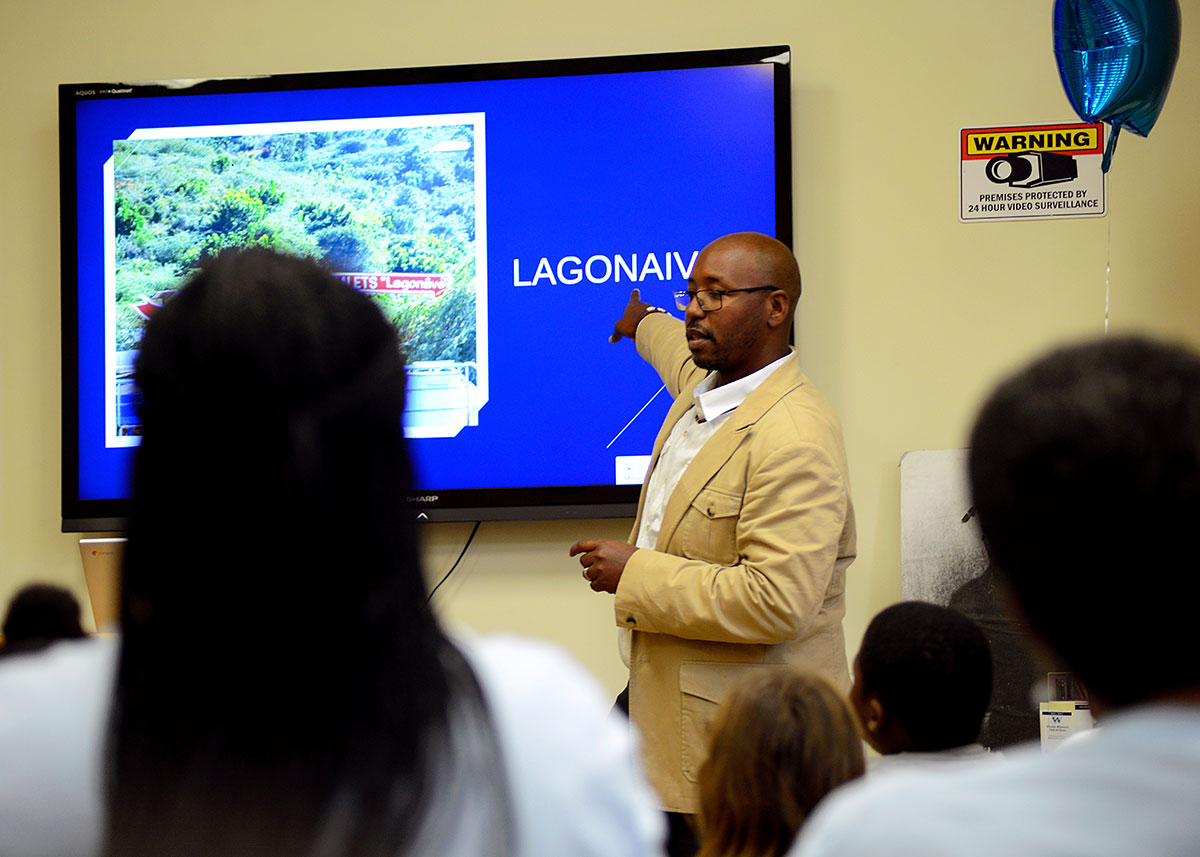
From 1927 to 1932, Hurston conducted research in the Deep South. She would collect material on black culture, folklore, music, literature and more. She later traveled to Honduras, Haiti and Jamaica, with support from the Guggenheim Foundation, and published four novels, more than 50 short stories, plays and essays. Hurston was born in Alabama, but raised in Eatonville, Florida. The Central Florida town, not far from Orlando, was incorporated as an all-black town in the late 1800s. So, it only follows that, after much enjoyment during her research years, she moved herself back to Florida in her final decade of life. More specifically, Hurston landed in the city of Fort Pierce.
During her time in Fort Pierce, Hurston earned a living as a freelance writer for newspapers and magazines and also spent some time working as a teacher at Lincoln Park Academy, then the high school attended by the city’s African American students under the “separate, but equal” rules of the day.
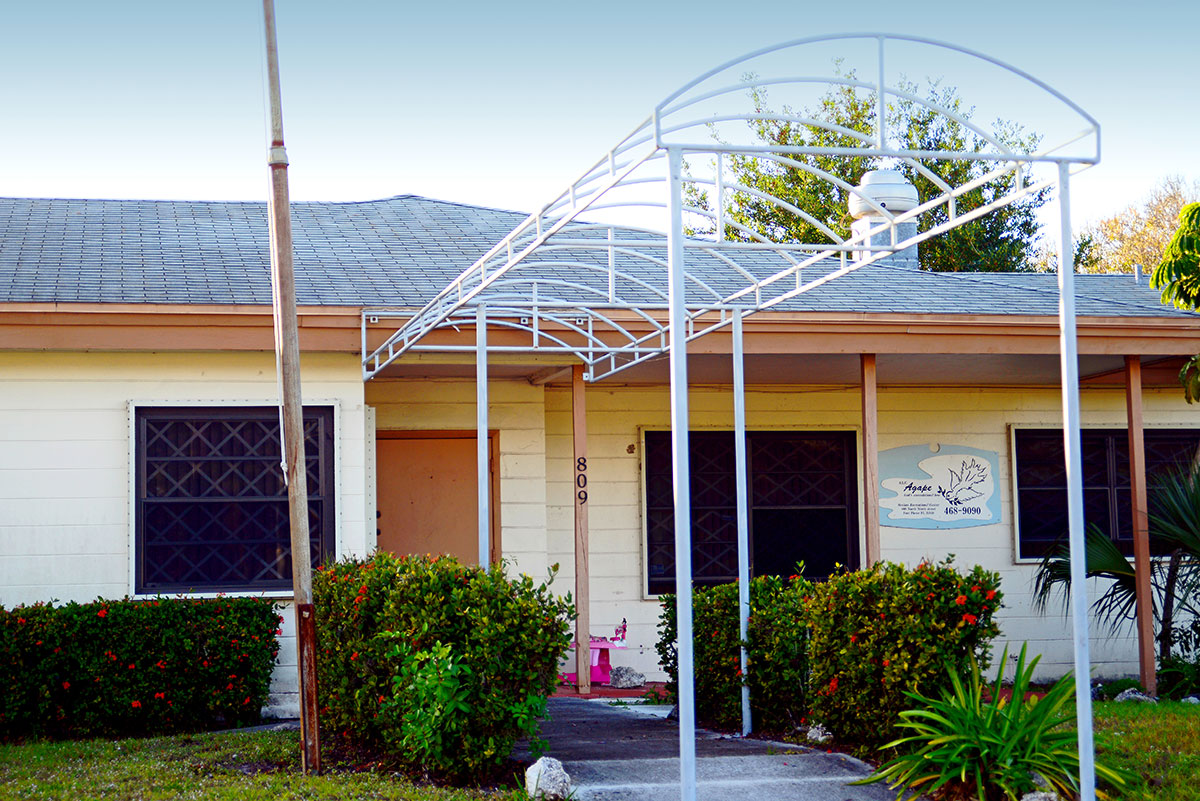
“She was my teacher for 10th grade and part of 11th,” said Marjorie Harrell, historian and President Emeritus for the foundation. “I remember, she would give out an assignment and then be buried in her writing. I didn’t realize until later in life who she was.”
While her works were not very well-known when she lived in Fort Pierce, they were later recognized and have been highly celebrated after her death. Some of her more recognized works include the novel, Their Eyes Were Watching God, a story detailing the disastrous Hurricane of 1928 that struck Florida with many inches of rain leading to the flooding of Lake Okeechobee resulting in many drowning deaths, and her non-fiction work, Mules and Men.
“When Zora died, life just began,’’ Hobson said. “It’s been over 50 years since her death and her work is still being released. She is a part of who we are as African American people.”
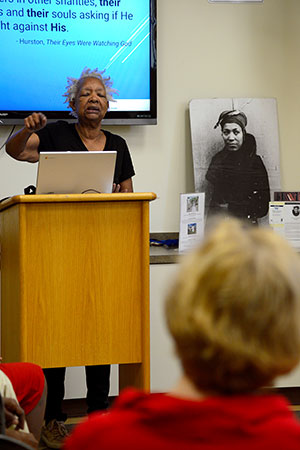
The City of Fort Pierce helps to promote the Zora Neale Hurston Dust Tracks Heritage Trail (named after her autobiography, Dust Tracks on a Road), which “commemorates the life and times of a world-renown Harlem Renaissance author, anthropologist, storyteller and dramatist,” according to the city’s website. Three large kiosks and eight trail markers help visitors to see and understand the life and travels of Hurston. Marker 3 on the trail is at the last known residence of Hurston, 1734 Avenue L. The small block house was owned by Dr. Clem C. Benton, a prominent physician and family friend, who recognized Hurston’s talent and allowed her to live in the home rent-free in the last years of her life. Tours can be arranged by appointment only.
Hobson has spent a large part of his career studying Hurston and is working with the foundation to revamp a recently acquired property. After over a year of meetings and discussions, the building formerly known as the Agape Senior recreation center on North Ninth Street, was donated to the group in July of 2019.
“This building has a rich history. Before it was the rec center, it was owned by a somewhat wealthy black woman, who bought it and hired nurses to care for older blacks in the area.” Hobson said. Upon her death, it was willed to her caretakers and then passed on to the county.
During this time, blacks were not allowed in the white hospital, so the (Agape center) was the alternative for care, known as St. Lucie County Welfare Home. Hurston was in and out of the home the two years leading up to her death.
“After research, we found paperwork that confirmed Zora lived there for a year and died of a stroke there,” Harrell said. “As was customary, she was brought to the hospital and officially pronounced there, but she did pass in the house.”
The foundation is working to create a multi-purpose center that would include a space for art, reading, community events and an outdoor space to include a garden and seating area. The building would become an enrichment center that includes a historical exhibit on Hurston.
The previous director of the Agape Senior Recreation Center, Brenda Cooper, had already created a small exhibit in honor of Hurston. In that exhibit, she was able to curate items from the building’s time as a nursing home. Those items, among other things, include original bedpans, trays, and medicine bottles from when the building was a welfare home.
“We plan on using those items collected by Mrs. Cooper and adding more to it,” Hobson said. “We have identified a lot of issues with the building that need repairs first.”
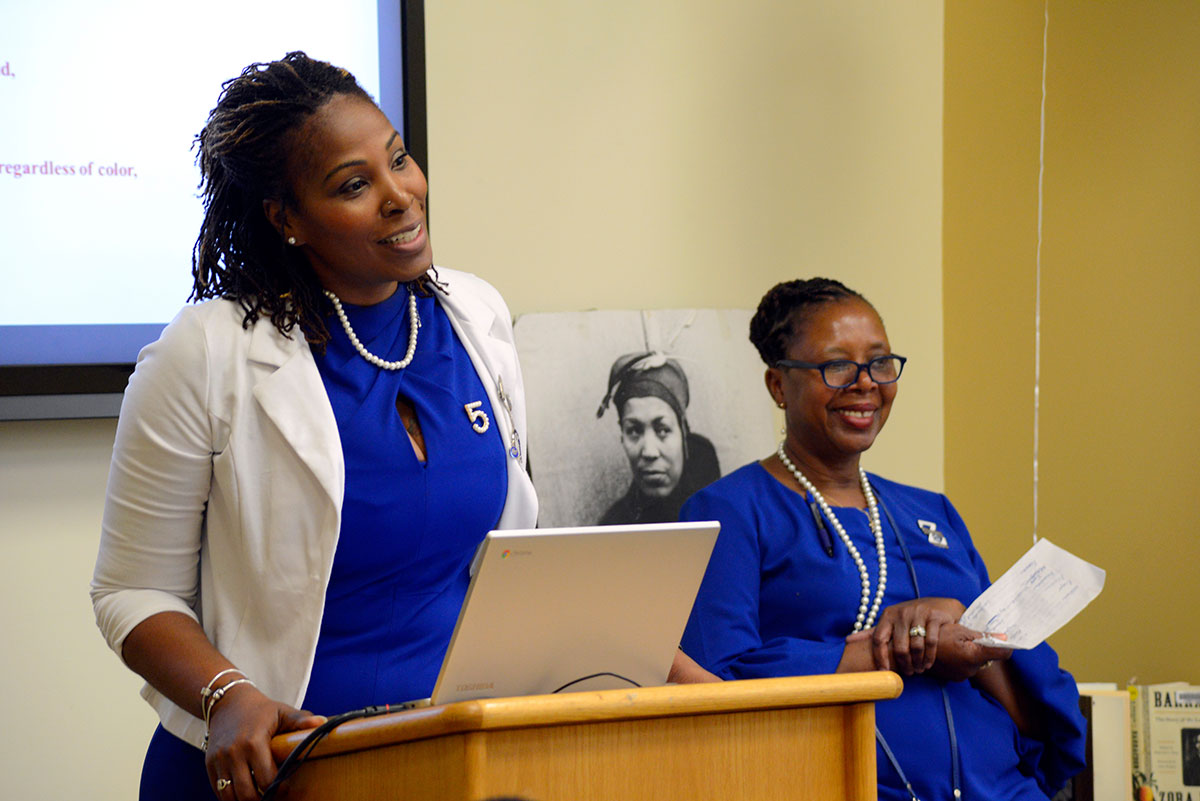
Currently, the building needs a complete remodel: new air conditioning, electrical wiring, plumbing and windows. The foundation has been meeting with community members who are willing to donate their time in an effort to repair the old building. While certain people have been identified, there is still a large need for help.
Hobson said the foundation has been in meetings with the leadership group for a major not-for-profit organization which has assisted in financing projects in the Lincoln Park Community to let them know how this Hurston project would fit in with their mission. The group has also applied for a $150,000 grant through The African American Cultural Heritage Action Fund.
The community center would play a significant role in the community and help to revive Zora’s legacy. Hurston’s writing is read around the world and has had a huge impact on the city of Fort Pierce. The city has embraced her as she lived the last decade of her life here.
In an effort to help with the project, the foundation is planning a Zora Fest to raise funds and community awareness. The date is not yet set, but it is coming soon.
“We do not know yet exactly how much money we will need until the appropriate professionals assess the condition of the building and our proposed use,” Hobson said.
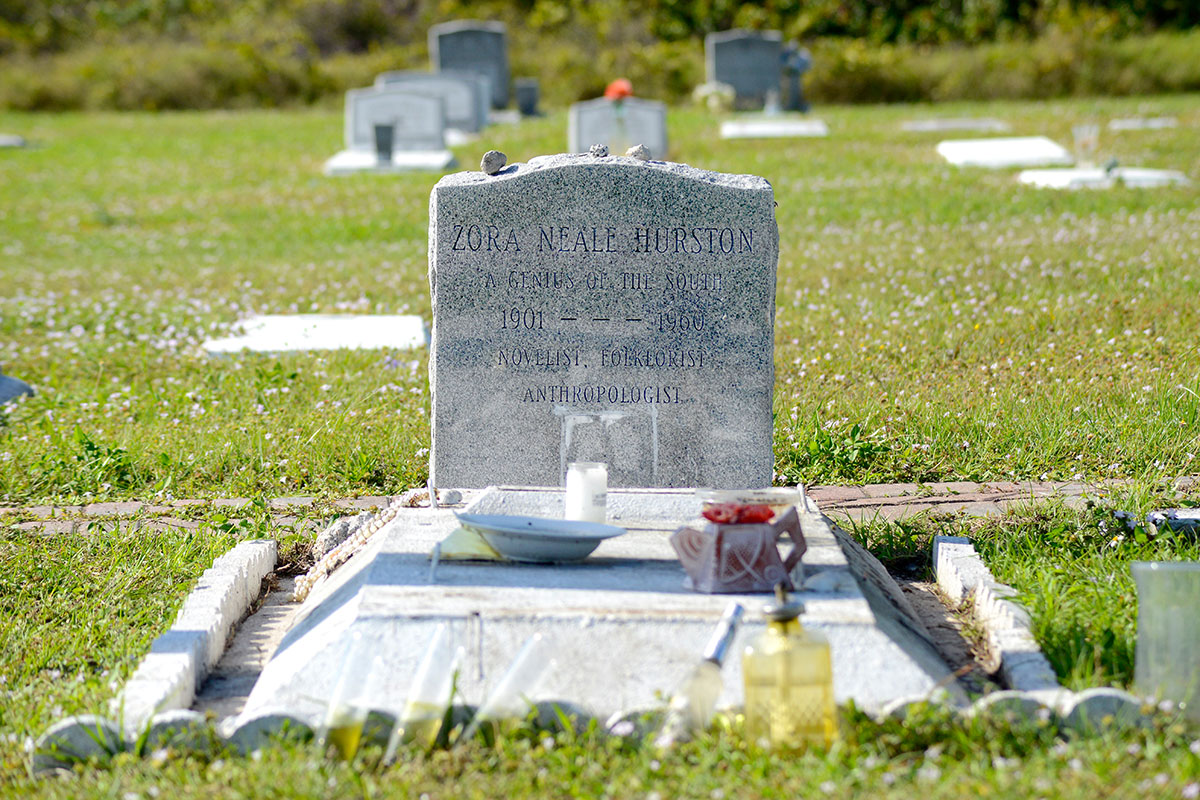
The foundation hopes to have the building opened by the end of the year and Hobson said it is already listed on the Zora Neale Hurston Dust Tracks Heritage Trail.
“Even though she is no longer with us, her words still speak volumes,” Hobson said. “Zora contributed so much to our society through her anthropological research as well as in her writing. It would be fitting to honor her through this enrichment center.”
Community members interested in becoming involved with this effort are encouraged to reach out to Marvin Hobson, president, or Marjorie Harrell, historian.
“I just do what has to be done for our city,” Harrell said. “That includes reminding our community members of Zora’s greatness and teaching the young children about her as well.”
